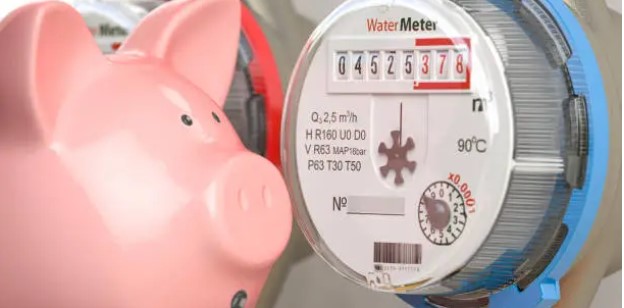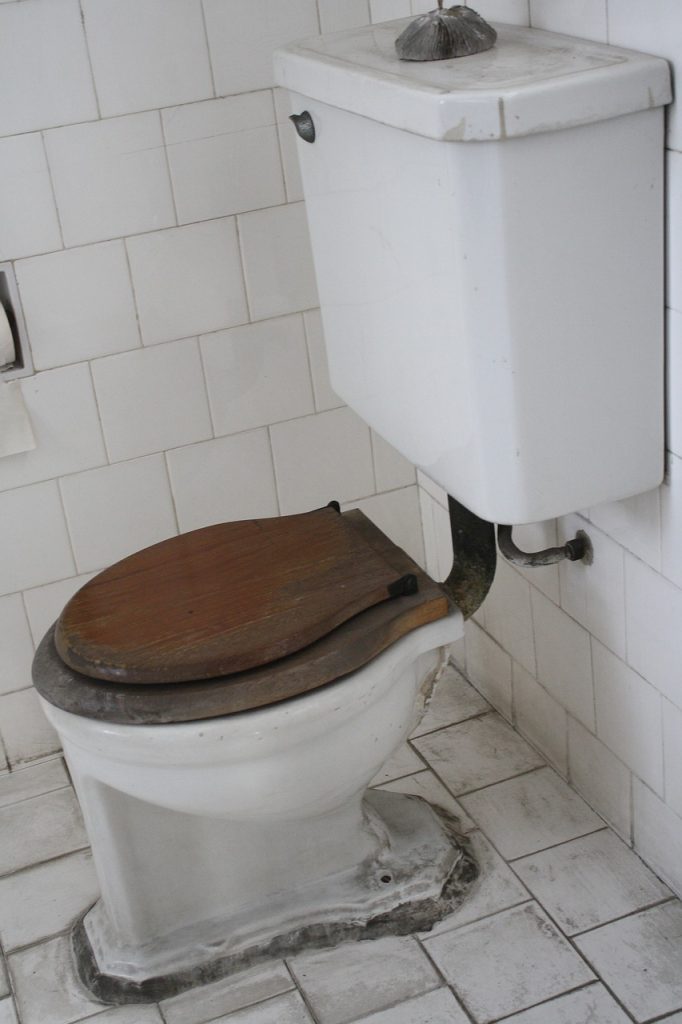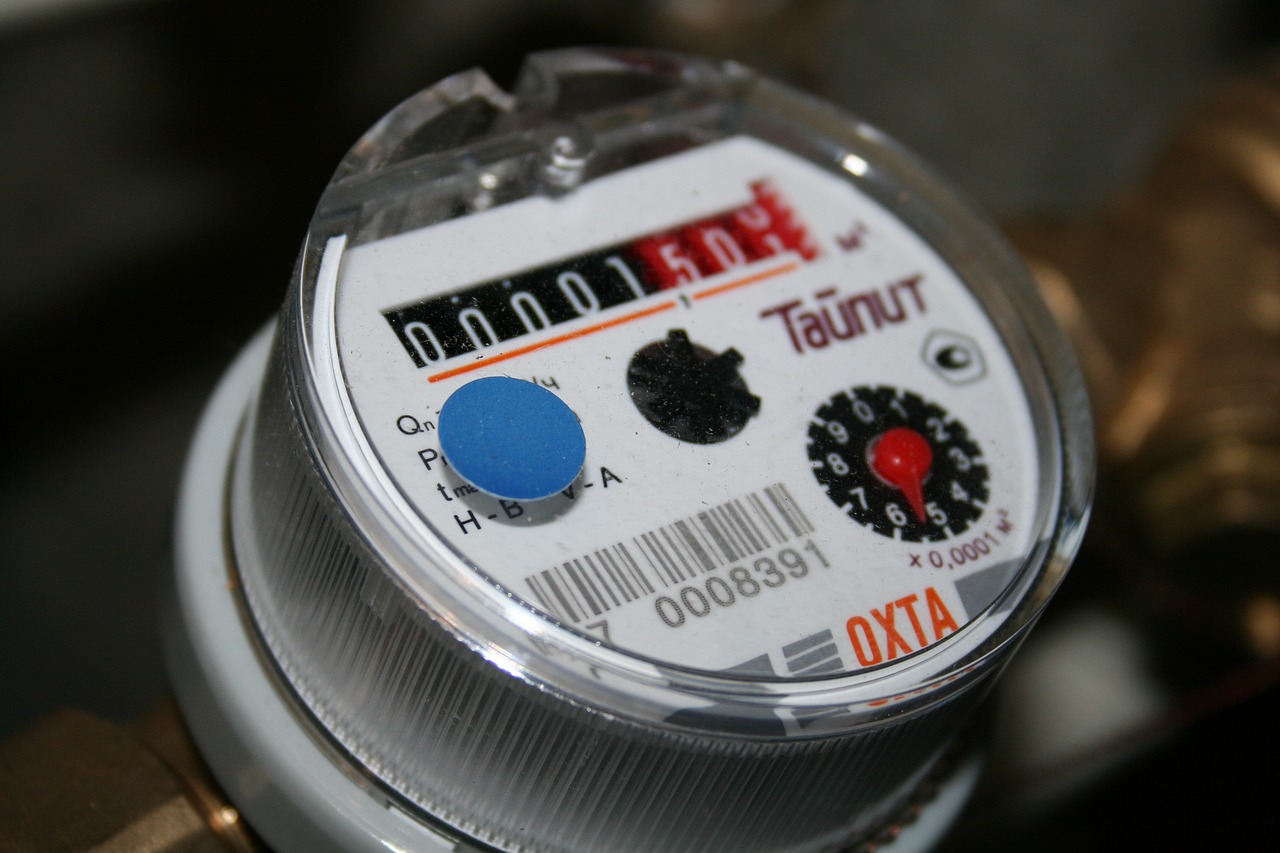High water bill no visible leak: Understanding the issue
If you’ve recently received a shockingly high water bill but can’t seem to find any visible leaks in your home. This may be due to High water bill no visible leak.
Many homeowners have faced this frustrating situation, where their water bill skyrockets without any apparent explanation. Getting to know the issue is the first step to resolving it.
One possible cause for a high water bill with no visible leak is a malfunctioning water meter. Over time, water meters can become less accurate, leading to inaccurate readings and inflated bills.
If you suspect a malfunctioning meter, it’s advisable to contact your water provider to have it checked and possibly replaced.
They will be able to assess the situation and ensure your meter accurately reflects your water consumption.
Another common culprit for a high water bill is hidden faucet leaks. Even the smallest drip can add up over time, wasting a significant amount of water and driving up your bill.
To check for faucet leaks, start by turning off all water sources in your home and record the meter reading. A leak in your plumbing system is indicated by a change in the reading.
Inspect all faucets meticulously, including those outdoors, and promptly repair any leaks you find. Inefficient toilets can also contribute to a high water bill.
Older toilets or ones with faulty components may not flush properly, leading to excessive water usage with every flush.
Consider upgrading to newer, water-efficient models or replacing faulty parts in your existing toilets to ensure they are functioning optimally and using water efficiently.
Don’t hesitate to call a plumber to conduct a thorough inspection of your plumbing system.
They have the expertise and tools to identify hidden leaks or other issues that may be causing the excessive water usage.
Identifying the potential culprits: Meter malfunction
When you receive a higher-than-usual water bill but cannot identify any visible leaks in your home, there may be other factors at play.
One possibility is a meter malfunction, which can result in inaccurate readings and a subsequent increase in your water bill.
Meter malfunctions can occur due to various reasons, including wear and tear, electrical issues, or even external factors such as extreme weather conditions.
To identify whether a meter malfunction is the culprit behind your high water bill, there are a few steps you can take.

First, locate your water meter, which is typically found outside your home or in a basement utility area. Check if the meter is still running even when all water sources inside your home are turned off.
If the meter is still recording water usage, even when no water is being consumed, it could be an indication of a malfunctioning meter.
In such cases, it is advisable to contact your water utility company and inform them of the potential issue. They may schedule a meter test or send someone to inspect and diagnose the problem.
It’s important to communicate any unusual water consumption patterns and provide accurate readings to assist in identifying the cause of the high water bill.
Remember, meter malfunctions are just one of the potential culprits for a high water bill without visible leaks.
It is essential to thoroughly investigate other common causes, such as faucet leaks or inefficient toilets, to ensure you address all possible factors contributing to the increased water usage.
Checking for hidden leaks: Faucet leaks
One of the common culprits behind a high water bill with no visible leak is a faucet leak.
Even a small drip from a faucet can add up to gallons of water wasted over time, resulting in an unexpectedly high water bill. It’s important to regularly check your faucets for any signs of leaks to prevent this unnecessary waste.
To begin checking for faucet leaks, start by turning off all water sources in your house, including appliances like dishwashers and washing machines.
Ensure that no one is using water during this process. Next, take a look at your faucets, both in the kitchen and bathrooms.
Look for any visible signs of leaks, such as dripping water or pooling water around the base of the faucet.
If you don’t see any immediate signs of a leak, there is another method you can employ to detect a hidden leak. Place a dry paper towel or tissue under the faucet spout and let it sit for a few hours.
After this time, check the paper towel or tissue for any moisture. If it’s wet or damp, it indicates a leak, even if it may not be immediately visible.
Once you have identified a leak, it’s important to address it promptly. Faucet leaks can often be fixed by replacing worn-out washers or gaskets.
However, if you’re unsure about how to handle the repair, it’s always a good idea to consult a professional plumber who can accurately diagnose and resolve the issue.
By regularly checking for faucet leaks and promptly addressing them, you can not only save water but also reduce your water bill.
It’s an important step in ensuring your plumbing system is efficient and functioning optimally.
Examining toilet efficiency: Inefficient toilets
Examining toilet efficiency: Inefficient toilets are one of the common culprits for a high water bill without any visible leaks is an inefficient toilet.
Inefficient toilets can have various causes, including outdated models, worn-out parts, or improper installation. These issues can result in continuous water flow, even when the toilet is not in use.
To check if your toilet is inefficient, you can conduct a simple dye test. Add a few drops of food coloring into the toilet tank and wait for about 10-15 minutes without flushing.
If you notice the color appearing in the toilet bowl, it indicates a leak and a potential source of your high water bill. To address this problem, you can start by inspecting the toilet’s components.

Check the flapper valve, which is responsible for allowing water to flow from the tank into the bowl when the toilet is flushed.
Over time, the flapper can deteriorate or become misaligned, leading to a constant water flow. Replace the flapper if necessary, ensuring a proper seal and preventing unnecessary water wastage.
Another aspect to consider is the toilet’s water usage. Older toilets tend to use more water per flush compared to newer, more efficient models.
If your toilet is outdated, upgrading to a water-saving toilet can significantly reduce your water consumption and ultimately lower your monthly bill.
Additionally, be mindful of any unwanted water usage due to faulty fill valves or leaking supply lines.
By addressing inefficient toilets and ensuring proper functioning, you can take a big step towards reducing your water bill.
Regular maintenance, timely repairs, and upgrading to water-saving fixtures can not only save you money but also contribute to water conservation efforts.
Utilizing smart water monitoring devices and tools
When faced with a high water bill and no visible signs of a leak, it can be frustrating and puzzling to figure out where all that water usage is coming from.
Thankfully, with the advancement of technology, there are now smart water monitoring devices and tools available that can help crack the case and uncover the culprits behind your soaring water bill.
One such tool is a smart water meter, which can be installed at your main water line to provide real-time data on your water consumption.
These meters connect to your smartphone or computer, allowing you to monitor your usage patterns and detect any abnormalities.
By analyzing the data, you can pinpoint any excessive water usage and take appropriate action. Another useful device is a smart leak detector.
These devices can be placed near plumbing fixtures, such as toilets or under sinks, and will alert you if there is any water leakage detected.
This way, you can identify and fix the issue promptly, preventing any wasteful water usage and reducing your water bill.

Additionally, there are smart irrigation controllers available that can help optimize your outdoor water usage.
These controllers use weather data and soil moisture sensors to determine when and how much to water your lawn or garden, avoiding overwatering and unnecessary water consumption.
By utilizing these smart water monitoring devices and tools, you can gain better control over your water usage and identify any hidden leaks or inefficient practices that may be causing your high water bill.
With the ability to track and manage your water consumption in real-time. You can make informed decisions and take steps towards reducing your water usage. Saving money, and contributing to water conservation efforts.
Conclusion: Take proactive steps to address high water bills and conserve water.
FAQ
An unusually high water bill is most often caused by a leak or change in water use.
A quick way to check the accuracy of your meter is to calibrate it with a known volume of water.
If, while you’re watching it, you notice that the numbers on your meter are turning at an unusual or inconsistent speed, you probably have a faulty meter.




